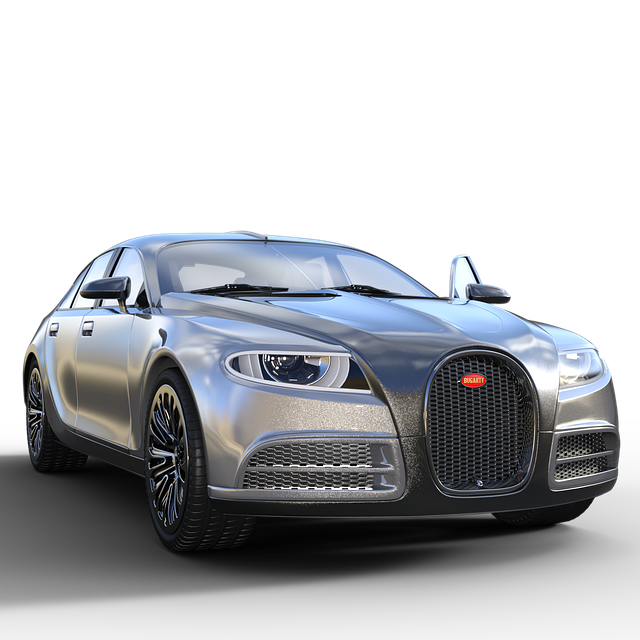Fans Are Divided Over Jeep’s New Shape—You Decide
Jeep, a brand long associated with rugged durability and legendary off-road capability, has consistently held a unique and respected place in the hearts of car lovers and automotive enthusiasts around the world. Iconic models such as the Wrangler and Cherokee have defined its legacy. However, the brand’s latest design overhaul has divided its loyal fanbase. The new shape is a bold departure from tradition, sparking debates and discussions across online forums and social media platforms. Fans are divided over Jeep’s new shape—you decide if this is a step forward or a misstep for the legendary brand.

Jeep’s design evolution has always been a balancing act between honoring heritage and embracing modernity. The brand’s newest models have introduced styling cues that depart from the boxy, utilitarian aesthetic that defined generations of vehicles. While some see this as a necessary adaptation to contemporary tastes and aerodynamic efficiency, others view it as a betrayal of the brand’s core identity. Understanding both sides of this debate requires a closer look at what made Jeep iconic in the first place and how the latest changes challenge those expectations.
The Legacy of Jeep Design
Jeep’s design language has remained remarkably consistent since its origins in military utility vehicles. The flat fenders, upright windshield, seven-slot grille, and round headlights became visual signatures recognized worldwide. These elements were not merely aesthetic choices but functional design decisions that emphasized durability, off-road capability, and ease of repair. For decades, Jeep maintained this visual identity across models, creating a sense of continuity that resonated deeply with loyal customers. The brand’s ability to evoke adventure and freedom through design became a cornerstone of its marketing and cultural presence. Any deviation from this established formula naturally invites scrutiny from a passionate fan base that views these design elements as sacred.
The New Design: Breaking Down the Changes
The latest Jeep models introduce smoother body lines, integrated aerodynamic features, and modernized lighting systems that replace traditional round headlights with sleeker LED arrays. The grille, while still featuring seven slots, has been reshaped and angled differently to improve airflow and fuel efficiency. Fenders are more sculpted, and the overall profile sits lower and wider than previous generations. Inside, the cabins feature advanced infotainment systems, premium materials, and driver-assistance technologies that reflect current automotive standards. These changes aim to attract a broader audience, including urban drivers and families who prioritize comfort and technology alongside off-road capability. However, purists argue that these updates dilute the brand’s rugged character, making newer models look too similar to mainstream SUVs and crossovers.
Performance and Practicality
Beyond aesthetics, the new design serves functional purposes that enhance everyday usability. Improved aerodynamics contribute to better fuel economy, a critical factor as environmental regulations tighten and gas prices fluctuate. The updated suspension systems and chassis engineering maintain off-road prowess while delivering a smoother on-road ride, addressing complaints about older models being too harsh for daily commuting. Advanced safety features, including blind-spot monitoring and adaptive cruise control, reflect consumer demand for modern conveniences. The interior redesigns offer more cargo space, quieter cabins, and ergonomic improvements that make long trips more comfortable. Critics acknowledge these practical benefits but question whether they justify the visual departure from tradition. The debate ultimately centers on whether Jeep can successfully serve both its heritage-focused enthusiasts and a new generation of buyers with different priorities.
The Role of Consumer Feedback
Social media platforms and automotive forums have become battlegrounds where fans dissect every design detail. Some threads praise the modernization efforts, highlighting how the changes make Jeep more competitive against rivals offering similar capabilities with more refined styling. Others express disappointment, sharing side-by-side comparisons that emphasize how much the silhouette has changed. Dealership feedback suggests that reactions vary by demographic, with younger buyers generally embracing the updates and older customers expressing reservations. Jeep’s design team has acknowledged this divide, stating that evolution is necessary for long-term viability but insisting that core brand values remain intact. The company points to retained features like removable doors and roofs on certain models as proof of continued commitment to the Jeep experience. Whether this balancing act satisfies both camps remains an open question as sales data and long-term brand loyalty metrics continue to develop.
Conclusion: You Decide
The debate over Jeep’s new design reflects broader tensions in the automotive industry between tradition and innovation. Brands with strong heritage face unique challenges when updating their products, as any change risks alienating loyal customers while failing to attract new ones can lead to market irrelevance. Jeep’s latest styling direction represents a calculated risk, betting that practical improvements and modern aesthetics will expand its customer base without fundamentally undermining its identity. Whether this strategy succeeds depends largely on how well the vehicles perform in real-world conditions and whether they continue to inspire the sense of adventure that has always defined the brand. As opinions remain divided, the ultimate verdict rests with consumers who will vote with their wallets and their passion for what Jeep represents.




